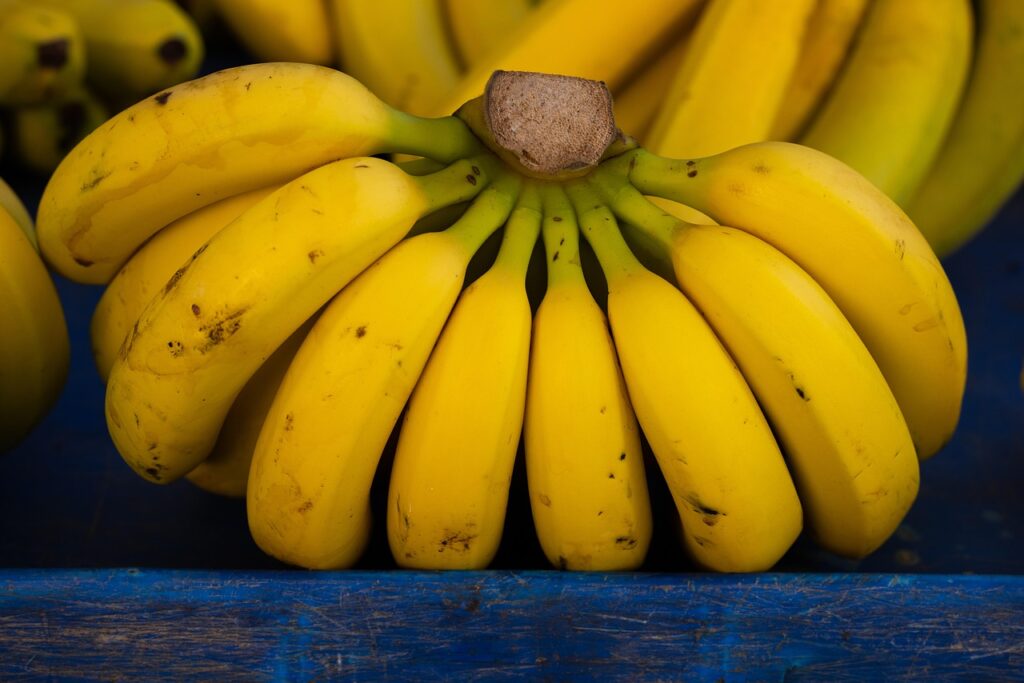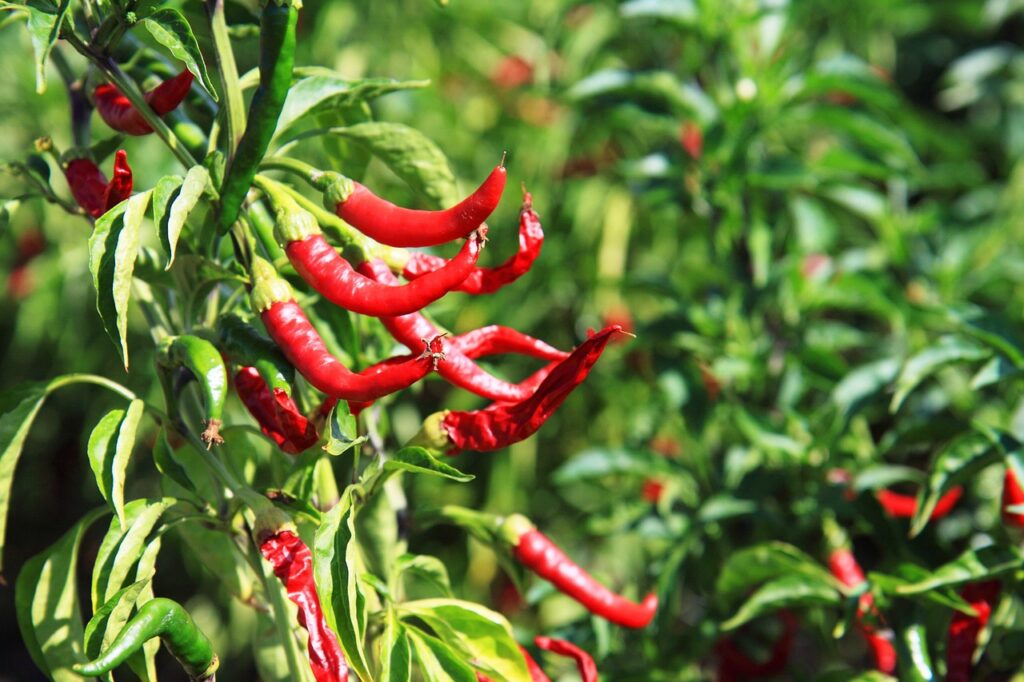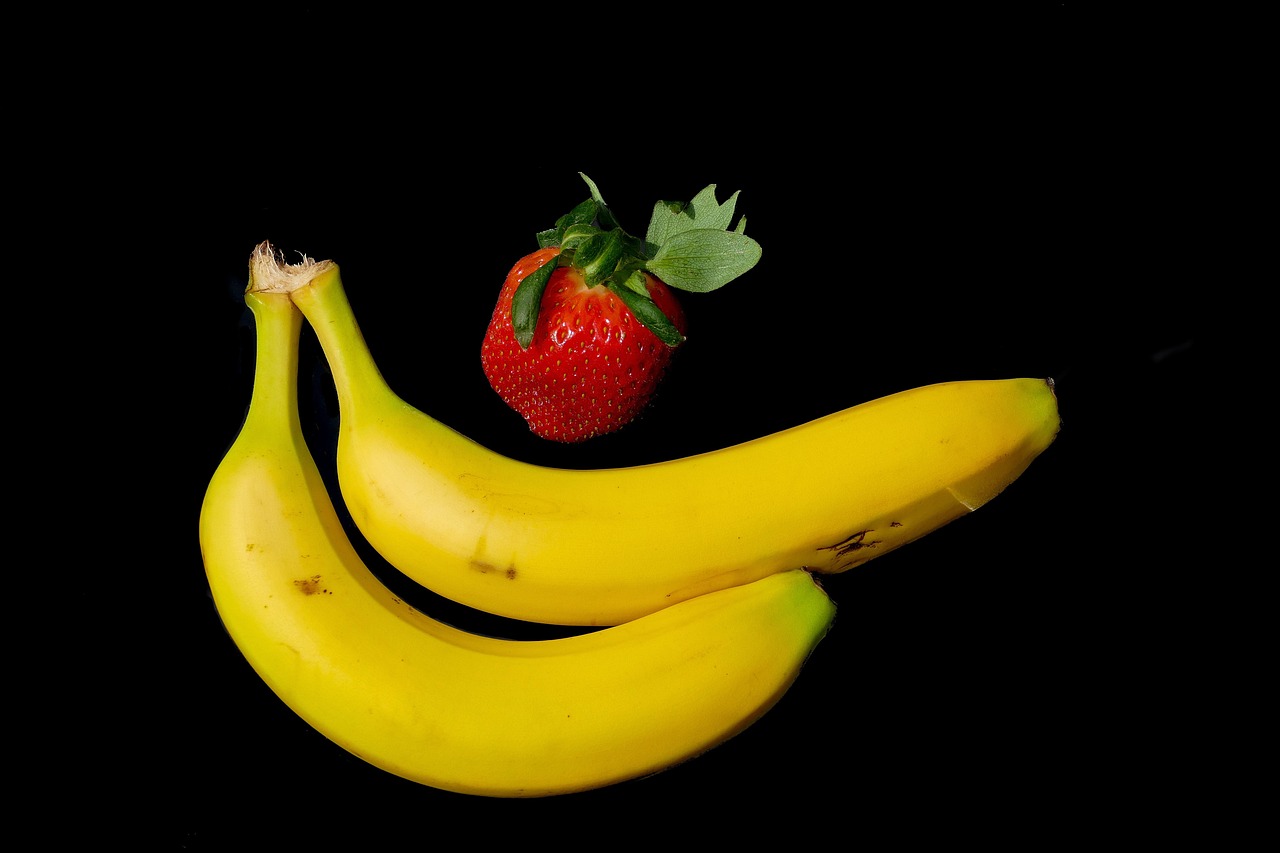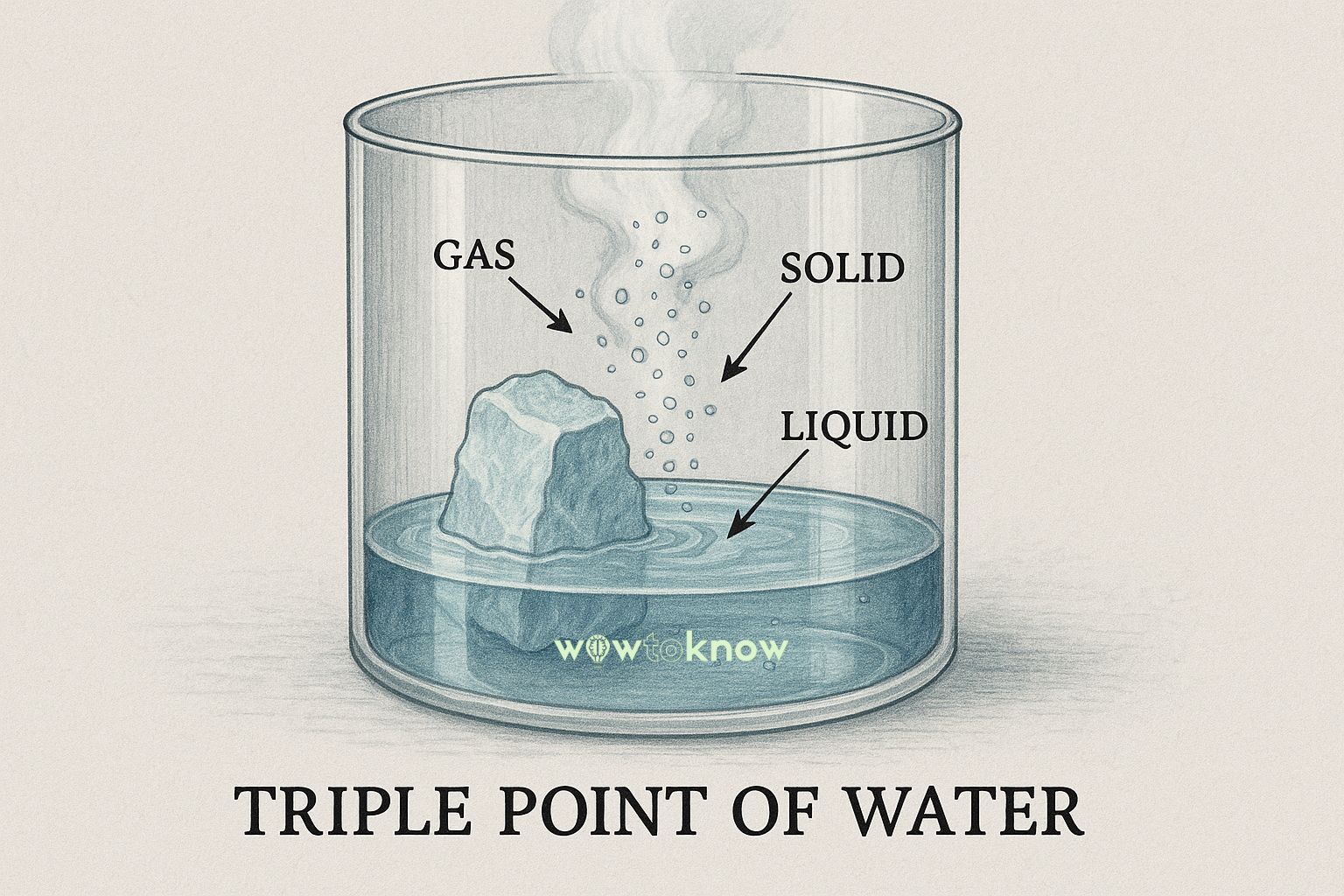You’ve been lied to by your fruit bowl.
That strawberry you love? Not actually a berry. But the banana you slice into your cereal? Botanically, a true berry.
It sounds backwards, but the science checks out. In fact, a bunch of everyday fruits are hiding surprising identities. Let’s unpack the logic behind this fruity twist – and you’ll never look at your grocery list the same way again.
What Actually Counts as a Berry? (Science vs. Kitchen)
Most of us think of berries as small, sweet, and soft fruits – usually with seeds. That’s the culinary definition. But in botany, things get technical fast.
So, what is a berry really?
According to botanical science, a berry is a simple fruit that:
- Develops from a single flower with one ovary
- Has a fleshy interior (called the mesocarp)
- Contains seeds embedded inside the fruit (not on the outside)
- Doesn’t have a hard pit (like a peach or cherry)
Basically, berries are fleshy fruits with seeds inside, grown from one ovary. This definition was set long before people were labeling smoothie ingredients. That’s where the confusion begins.
Bananas: The Ultimate Undercover Berry

Despite not looking like your typical berry, bananas tick all the botanical boxes:
- They come from a single flower with a single ovary.
- They have a soft, fleshy inside.
- They have seeds inside – though in cultivated bananas, they’re tiny and undeveloped.
- There’s no hard pit or stone.
Bananas are considered true berries, even though we never call them that in daily life.
Here’s a curveball: banana plants aren’t even trees. They’re large herbs in the Musa genus. Their “trunks” are made from tightly packed leaf stalks, not woody tissue.
Wild bananas actually have large, hard seeds, making them difficult to eat. The seedless varieties we enjoy today are the result of selective breeding.
Strawberries: Not Berries by Any Botanical Standard

Now for the twist. Strawberries look and feel like the most berry-like fruit imaginable, but they’re not true berries at all.
Why?
- A strawberry forms from a flower with multiple ovaries, not one.
- The seeds aren’t inside – they’re on the outside.
- Each of those little “seeds” is called an achene, and each is technically a separate fruit, each with its own tiny seed inside.
- The red fleshy part isn’t even the ovary – it’s receptacle tissue, a swollen part of the stem.
That makes strawberries aggregate accessory fruits, not berries. Sounds complicated? It is.
This classification applies to raspberries and blackberries too. They’re made of clusters of smaller fruits (called drupelets), not one unified berry structure.
Fruits That Are Berries (That Might Surprise You)

Let’s go deeper. These fruits are all considered true berries by botanists:
- Kiwifruit – Fleshy with seeds inside, from one ovary. Textbook berry.
- Tomatoes – Soft, seedy, single ovary. Yes, tomatoes are berries.
- Grapes – Classic berries. Juicy, seeded, and botanically correct.
- Eggplants (Aubergines) – Berries. Same deal.
- Chili Peppers – Even spicy fruits follow the berry rules.
- Guava, Persimmons, and Currants – All true berries.
It’s a reminder that flavor, size, and usage don’t dictate botanical truth.
Fruits We Call Berries—But They’re Not
On the flip side, many fruits that wear the “berry” label don’t meet the scientific standard. Some don’t even come close.Here’s a short list of fakes:
| Fruit | Real Berry? | Why Not? |
| Strawberry | ❌ | Seeds on outside, forms from multiple ovaries |
| Raspberry | ❌ | Aggregate of small drupelets |
| Blackberry | ❌ | Same as raspberry |
| Mulberry | ❌ | Multiple fruit from many flowers, not one ovary |
| Boysenberry | ❌ | Hybrid of other non-berry fruits |
| Gooseberry | ✅ | Real berry (finally, one that fits the name) |
Why It’s All So Confusing
You can blame language, history, and food culture.
Back in the day, people named fruits based on taste and appearance. Scientific definitions came much later. By the time botanists tried to standardize terminology, popular names were already baked in.
And then there’s marketing. “Mixed berries” sounds better than “drupelet aggregates and receptacle tissues.” Supermarkets go with what sells, not what’s botanically correct.
Even scientists sometimes flex the rules depending on the context. So yes, the confusion is real – and surprisingly old. Some of the earliest botanical texts from the 18th century were already trying to sort this out. Linnaeus himself, the father of modern taxonomy, contributed to the plant classification systems we still use.
FAQ
Are all fruits with “berry” in the name not real berries?
Nope. Some are, some aren’t. Blueberries and cranberries are true berries. Strawberries, raspberries, blackberries are not.
Are cucumbers berries?
Yes. Cucumbers are classified as pepos, a type of berry with a hard outer rind, just like melons and squashes.
Is a watermelon a berry?
Technically yes. It’s a pepo – a subtype of berry with a thick rind. So are pumpkins and cantaloupes.
What’s the weirdest real berry?
Probably the durian. Giant, spiky, smelly – and a berry by botanical standards.
Does this change how fruits are grown or harvested?
Not really. The classification is more for scientific accuracy than agriculture. Farmers care more about traits like growth cycle, not berry status.
Fruit Categories Are Mostly a Lie
So here’s the takeaway: the fruits we eat don’t always match their names. Bananas are berries. Strawberries are impostors. Tomatoes, eggplants, and chili peppers are in the berry club. Blackberries and raspberries? Not so much.
The divide between botany and the kitchen runs deep, and your grocery store doesn’t care. But now you know the truth – and your fruit facts just leveled up.
Fancy more wow-facts? Did you know that sharks predate trees by 100 million years?
To learn something new and amazing each day, join WowToKnow on Facebook, X, Reddit, and Telegram.







